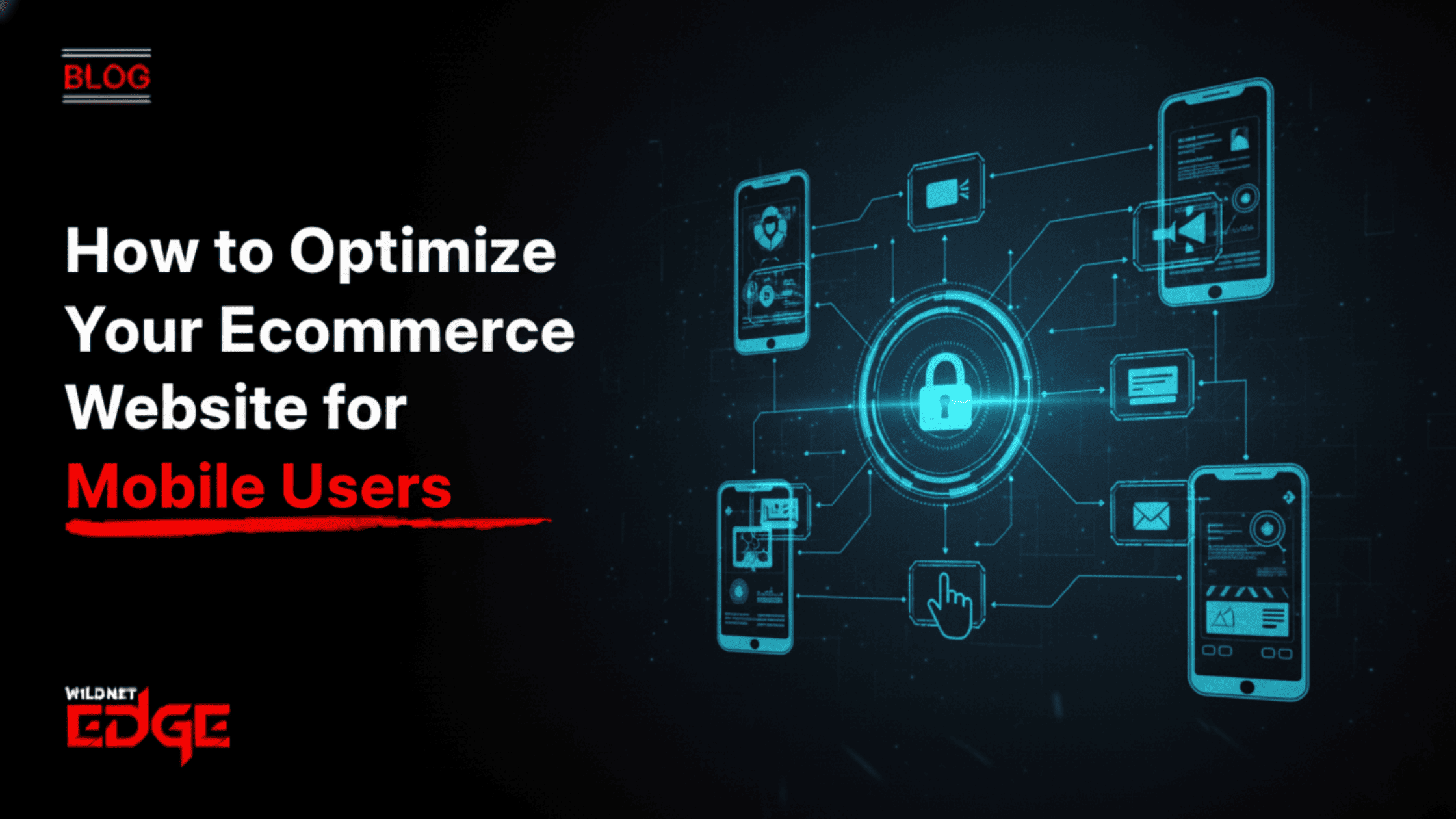TL;DR
This article guides startups on prioritizing MVP features for faster validation and growth. It emphasizes focusing only on core functionalities that solve key user problems while cutting non-essential “nice-to-haves.” Using frameworks like MoSCoW, Impact/Effort Matrix, and the Kano Model, founders can make smarter feature decisions, reduce risk, and accelerate time-to-market with a clear, strategic MVP plan.
You have a groundbreaking idea for a product, brimming with potential features that could revolutionize your industry. The temptation is strong to build everything you envision right from the start. However, this is often the fastest path to running out of time and money for a startup. The key to a successful launch lies in disciplined focus: identifying and building only the essential MVP features. Mastering the art of feature prioritization is the most critical skill in lean product development.
What is an MVP and Why Prioritize?
A Minimum Viable Product is the simplest version of your product that delivers core value to your initial target users and allows you to gather validated learning with the least effort. It’s minimum, meaning stripped down to essentials, but viable, meaning it works and solves a real problem.
Prioritization is crucial because:
- Limited Resources: Startups usually have limited time, money, and development capacity. Therefore, you need to allocate these resources to the most important parts only.
- Speed to Market: The sooner you launch, the sooner you will start learning from actual users and iterating towards product-market fit.
- Risk Reduction: Initially developing fewer features is a way of minimizing the risk of overinvesting in something that users do not need or want.
- Clarity of Value: A limited MVP makes it clear what your main value proposition is to both users and investors.
The foundation of your startup MVP plan is deciding which MVP features cut.
Frameworks for Prioritizing MVP Features
Several structured approaches can help you move from a long list of ideas to a focused set of key MVP functionalities.
1. The MoSCoW Method
This is a popular and straightforward technique. Categorize potential features into four buckets:
- Must-Have: Definitely indispensable features that are necessary for the basic operation of the product. If these are not available, the product cannot be released. (These are your MVP).
- Should-Have: Features that are significant but not vital for the initial launch and thus, of course, very important.
- Could-Have: The attractive features that would be good to have if there are resources, but easily postponed, nonetheless.
- Won’t-Have (This Time): Features that are intentionally not included in the current scope and may be revisited in the future.
2. Impact vs. Effort Matrix
Plot potential features on a 2×2 matrix:
- Vertical Axis: Potential Impact (High to Low) – How much value does this feature provide to the user or business?
- Horizontal Axis: Development Effort (Low to High) – How difficult/time-consuming is it to build? Focus your MVP on features in the High Impact / Low Effort quadrant first. High Impact / High Effort features might follow, while Low Impact features should generally be avoided initially. This requires careful consideration during MVP feature planning.
3. The Kano Model
This model categorizes features based on their potential to satisfy or delight customers:
- Basic Needs (Must-Be’s): Features users expect as standard. Their absence causes dissatisfaction, but their presence doesn’t cause delight (e.g., login functionality). These are essential for the MVP.
- Performance Needs (Satisfiers): Features where “more is better” (e.g., faster loading speed, more storage). Include core performance elements in the MVP.
- Delighters (Exciters): Unexpected, innovative features that cause positive surprise. While often not included in the initial MVP, identifying a potential delighter that is feasible can be a differentiator.
4. User Story Mapping
Visualize the entire user journey through your application. Map out the steps a user takes to achieve their primary goal. Identify the features absolutely necessary to complete that core journey – these become your MVP candidates. This process benefits greatly from expert UI/UX design for MVPs.
The Golden Rule: Ruthless Focus on the Core Problem
Regardless of the framework used, the guiding principle is: Does this feature directly contribute to solving the core problem for the target user in the simplest way possible? If the answer is no, or “maybe,” it likely doesn’t belong in the first version. Your initial roadmap for MVP design and validation should be laser-focused.
Avoid common pitfalls like:
- Building for Edge Cases: Focus on the primary use case first.
- Adding “Nice-to-Haves”: Resist the temptation to add polish or secondary features before validating the core.
- Gold Plating: Spending too much time perfecting a feature that might not even be needed.
Beyond Features: Non-Functional MVP Requirements
While prioritizing functional MVP features is key, don’t forget essential non-functional requirements:
- Basic Security: Implement fundamental security measures (HTTPS, secure passwords).
- Usability: The core workflow must be intuitive and relatively bug-free.
- Performance: The app should be reasonably fast for the core functions.
- Analytics: Implement basic tracking to measure user behavior.
MVP Prioritization in Action: Case Studies
Case Study 1: A Social Networking App
- The Idea: A platform for connecting local musicians. Initial feature list included profiles, event listings, direct messaging, group forums, virtual jam sessions, and gear marketplaces.
- MVP Prioritization (MoSCoW):
- Must-Have: Musician profiles (basic info, genre, instruments), ability to search/browse profiles by location/instrument.
- Should-Have: Basic direct messaging.
- Could-Have: Event listings.
- Won’t-Have: Forums, virtual jams, marketplace.
- The Result: The MVP launched, focusing only on discovery and basic profiles. Early feedback validated the core need for local connection, guiding the addition of messaging and events in subsequent iterations based on user requests, proving the value of focused MVP feature planning.
Case Study 2: An Internal Enterprise Tool
- The Challenge: An enterprise wanted to replace a clunky spreadsheet-based process with custom software, but had a vast list of desired features from different departments.
- Our Solution: We facilitated an Impact vs. Effort workshop with key stakeholders. We mapped all requested features and identified a core set in the High Impact / Low-to-Medium Effort quadrant related to automating the most time-consuming data entry task. This became the focus of the initial build using custom software feature implementation.
- The Result: The initial version quickly delivered significant time savings for the primary user group. This success built momentum and secured buy-in for subsequent phases, addressing less critical “Should-Have” features based on the established roadmap.
Our Technology Stack for MVP Development
We select tools optimized for speed, iteration, and scalability.
- Frontend: React, Vue.js, Flutter
- Backend: Node.js, Python, Ruby on Rails
- Cloud Platforms: AWS, Google Cloud, Firebase, Heroku
- Databases: PostgreSQL, MongoDB
- Prototyping: Figma, Flutter
Conclusion
Feature prioritization is arguably the most critical step in successful MVP Development. By ruthlessly focusing on the key MVP functionalities that solve a core problem, startups can accelerate their learning, conserve resources, and significantly reduce the risk of launching a new product. Using structured frameworks helps ensure your startup MVP plan is data-driven and strategically sound.
Ready to define the critical path for your product launch? At Wildnet Edge, our AI-first approach informs our product roadmap consulting. We help you prioritize effectively, build lean, and iterate intelligently towards product-market fit.
FAQs
There’s no magic number, but aim for the absolute minimum needed to complete the core user journey and deliver the primary value proposition. Often, this means focusing on 1-3 major features or one key workflow. Simpler is almost always better for the initial MVP features.
That’s okay! Your MVP isn’t meant to compete on feature parity. It’s intended to solve a specific problem exceptionally well for a targeted niche (your early adopters) and validate your unique approach. You can add more features later based on validated learning.
Sufficient research is crucial. You need a deep understanding of your target user’s primary pain point before you start prioritizing solutions. This typically involves customer discovery interviews, surveys, and competitor analysis. Don’t base your key MVP functionalities solely on assumptions.
It depends. If validating willingness-to-pay is a critical assumption for your business model, then including a simple payment mechanism in the MVP is essential. If your initial goal is purely user engagement validation, monetization can sometimes wait until V2.
The UI should be clean, professional, and highly usable for the core features. Avoid unnecessary visual flair or complex animations that add development time without contributing to core value validation. Focus on intuitive navigation and clarity.
The biggest mistake is including too much. Founders often fall in love with their complete vision and struggle to cut features, resulting in a bloated, slow-to-launch “Minimum Viable Product” that isn’t truly minimal and delays critical learning. Ruthless prioritization is key.
Constantly! The MVP launch marks the beginning of the build-measure-learn loop. Analyze user data and feedback continuously (weekly or bi-weekly sprints are common) to inform your priorities for the next development cycle. Your initial MVP feature roadmap is a starting point, not a fixed plan.

Nitin Agarwal is a veteran in custom software development. He is fascinated by how software can turn ideas into real-world solutions. With extensive experience designing scalable and efficient systems, he focuses on creating software that delivers tangible results. Nitin enjoys exploring emerging technologies, taking on challenging projects, and mentoring teams to bring ideas to life. He believes that good software is not just about code; it’s about understanding problems and creating value for users. For him, great software combines thoughtful design, clever engineering, and a clear understanding of the problems it’s meant to solve.
 sales@wildnetedge.com
sales@wildnetedge.com +1 (212) 901 8616
+1 (212) 901 8616 +1 (437) 225-7733
+1 (437) 225-7733































